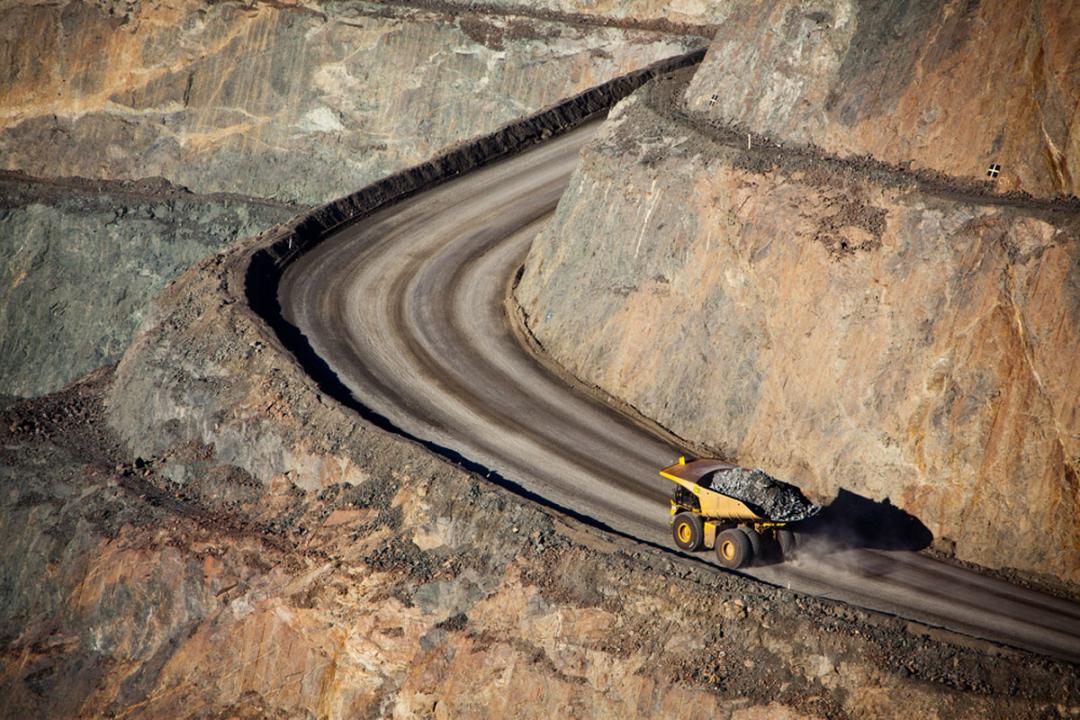The lifting of sanctions will take at least three to five years to have a positive impact on Iran’s mining sector growth.
The most immediate impact will be a rise in the country’s steel imports, as domestic production would be unable to cope with growing demand, Business Monitor International said in its latest “MENA Mining Report”.
Long-Term Growth
The BMI’s positive long-term growth outlook for Iran’s mining sector is supported by the following factors:
1. Iran is home to 68 minerals, with more than 37 billion tons of proven reserves and 57 billion tons of potential reserves. These include considerable deposits in coal, iron ore, copper, lead, zinc, chromium, uranium and gold.
According to USGS, Iran holds the world’s largest zinc, ninth largest copper, 12th largest iron ore and 10th largest uranium reserves. Overall, Iran holds more than 7% of global mineral reserves.
2. Iran’s mining industry will benefit from continuing government support. The Iranian government has implemented a 20-year Vision Plan (ending 2025) aimed at attracting $20 billion into the mining sector to boost production targets.
Furthermore, the government requires banks to give lending primacy to miners, thus enabling solid expansion growth prospects.
3. Iran’s infrastructure boom will boost domestic demand for steel and iron ore over BMI’s forecast period to 2024. The group forecasts the country’s construction industry value to rise from $20.7 billion in 2015 to $41.8 billion in 2024. This represents a solid growth average of 2.9% year-on-year over 2015-24
Challenges Ahead
BMI forecasts the country’s mining industry value to grow from $79.4 billion in 2015 to $95.5 billion in 2019. This represents an average growth of 0.5% year-on-year over 2015-19.
Growth will be capped by the following factors:
1. Iran’s appeal to investors will remain limited, as international sanctions have crippled the country’s business environment, which will limit new investment from entering the country.
2. The legacy of years of mining underinvestment and industry consolidation will limit the sector’s growth over the coming years. As a result of low levels of investment and aging infrastructure, most mining firms operate at just 50-60% capacity.
Furthermore, the sector is highly consolidated and consists primarily of domestic and state-owned miners, which will limit new miners from entering the market. For instance, Iran’s steel production is dominated by Mobarakeh Steel Company (46%), Khuzestan Steel Company (23%) and Esfahan Steel Company (20%).
3. The protracted lifting of banking sanctions will limit investment inflow into the mining sector. It is unclear when the Society for Worldwide Interbank Financial Telecommunication transactions will be unfrozen. This system, which provides the network for the majority of global bank-to-bank transactions, has isolated the Iranian economy, leaving the banking sector virtually cut off from the global financial system.
Banks are, therefore, currently unable to undertake international transactions and lend investment capital to firms seeking to expand their presence in Iran.
4. The current weak mineral price climate will limit new investment from coming into the country. Low mineral prices will force miners, including Rio Tinto, BHP Billiton and Vale, to scale down operations and halt new greenfield projects from coming on stream.
Infrastructure Sector and Steel Imports
Iran’s steel imports are forecast to grow solidly due to the country’s strong construction growth and the domestic steel sector’s inability to meet demand. Iran’s steel output will grow from 17.6 million tons in 2015 to 21.4 million tons in 2019, averaging 5.5% y-o-y growth over 2015-19, says the BMI.
However, Iran’s apparent steel consumption will grow from 20.3 million tons in 2015 to 23.1 million tons in 2019. As a result, the BMI expects the country’s steel imports to surge. It expects Iran’s crude steel balance to post an average total deficit of 9% over 2015-19.
The group expects Turkey and Arab states to benefit from Iran’s increasing steel demand. Both close proximity between Turkey and Arab countries and solid steel output growth will boost their steel exports to Iran.


